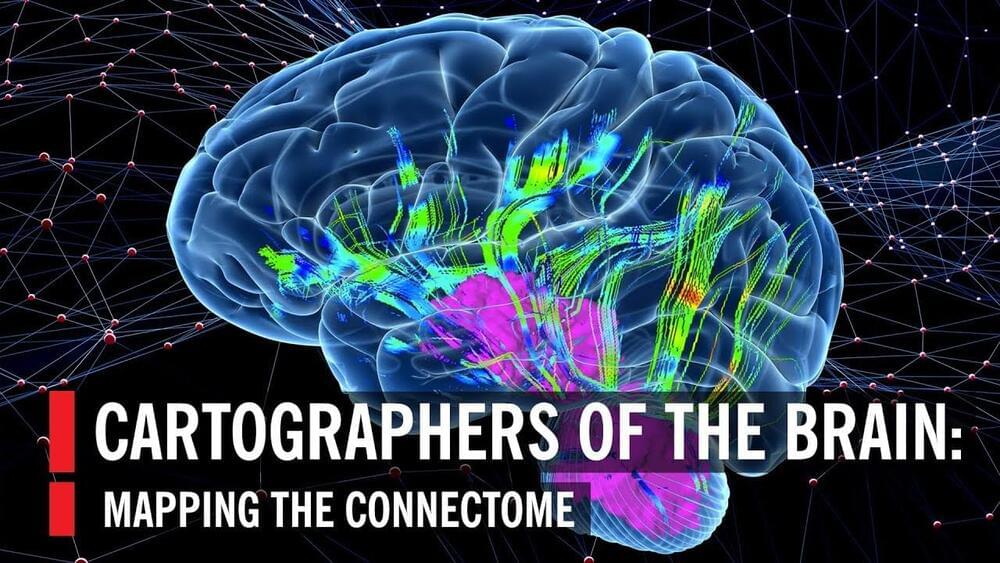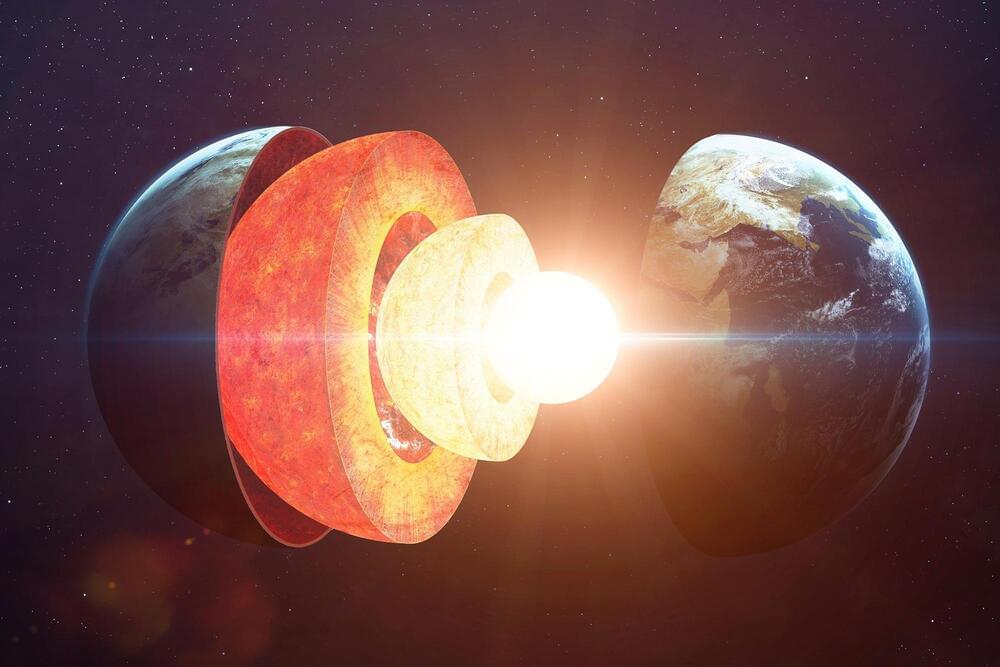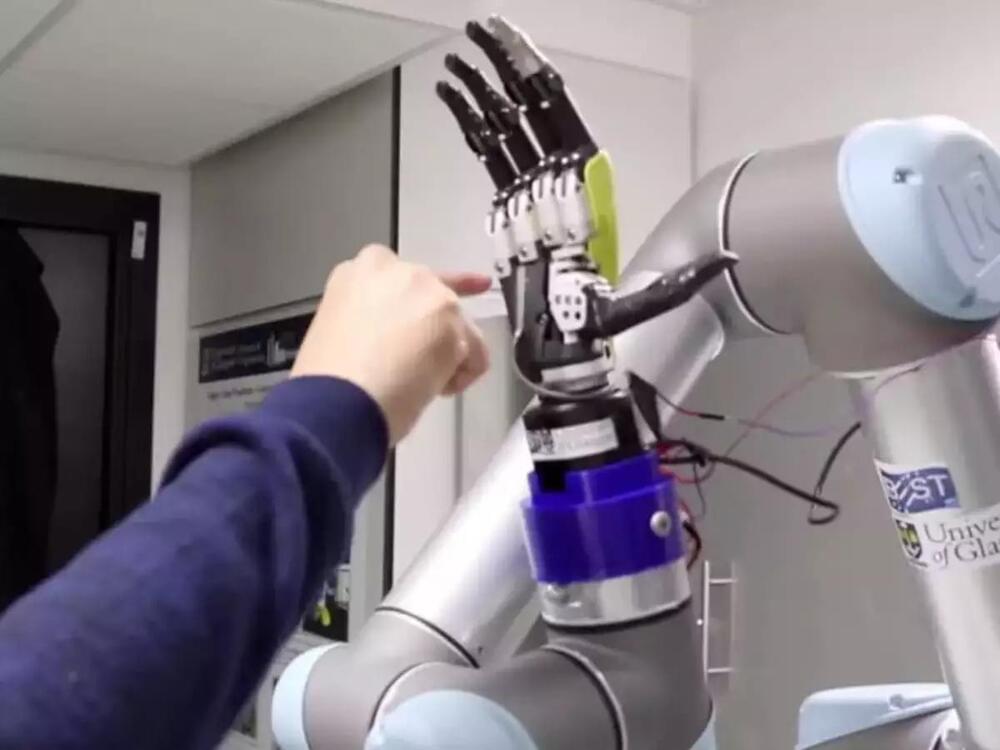Page 5080
Jun 12, 2022
AI’s Threats to Jobs and Human Happiness Are Very Real
Posted by Kelvin Dafiaghor in categories: economics, education, employment, existential risks, finance, robotics/AI, transportation
There’s a movement afoot to counter the dystopian and apocalyptic narratives of artificial intelligence. Some people in the field are concerned that the frequent talk of AI as an existential risk to humanity is poisoning the public against the technology and are deliberately setting out more hopeful narratives. One such effort is a book that came out last fall called AI 2041: Ten Visions for Our Future.
The book is cowritten by Kai-Fu Lee, an AI expert who leads the venture capital firm Sinovation Ventures, and Chen Qiufan, a science fiction author known for his novel Waste Tide. It has an interesting format. Each chapter starts with a science fiction story depicting some aspect of AI in society in the year 2041 (such as deepfakes, self-driving cars, and AI-enhanced education), which is followed by an analysis section by Lee that talks about the technology in question and the trends today that may lead to that envisioned future. It’s not a utopian vision, but the stories generally show humanity grappling productively with the issues raised by ever-advancing AI.
IEEE Spectrum spoke to Lee about the book, focusing on the last few chapters, which take on the big issues of job displacement, the need for new economic models, and the search for meaning and happiness in an age of abundance. Lee argues that technologists need to give serious thought to such societal impacts, instead of thinking only about the technology.
Jun 12, 2022
AI solution makes the quest for elusive monolayers a lot simpler
Posted by Kelvin Dafiaghor in categories: materials, robotics/AI
One of the most tedious, daunting tasks for undergraduate assistants in university research labs involves looking hours on end through a microscope at samples of material, trying to find monolayers.
These two-dimensional materials —less than 1/100,000th the width of a human hair—are highly sought for use in electronics, photonics, and optoelectronic devices because of their unique properties.
“Research labs hire armies of undergraduates to do nothing but look for monolayers,” says Jaime Cardenas, an assistant professor of optics at the University of Rochester. “It’s very tedious, and if you get tired, you might miss some of the monolayers or you might start making misidentifications.”
Jun 12, 2022
Elon Musk says humans could eventually download their brains into robots — and Grimes thinks Jeff Bezos would do it
Posted by Kelvin Dafiaghor in categories: Elon Musk, mobile phones, robotics/AI

“I think it is possible,” Musk, 50, recently told Insider. “Yes, we could download the things that we believe make ourselves so unique. Now, of course, if you’re not in that body anymore, that is definitely going to be a difference, but as far as preserving our memories, our personality, I think we could do that.”
By Musk’s account, such technology will be a gradual evolution from today’s forms of computer memory. “Our memories are stored in our phones and computers with pictures and video,” he said. “Computers and phones amplify our ability to communicate, enabling us to do things that would have been considered magical … We’ve already amplified our human brains massively with computers.”
Jun 12, 2022
Cartographers of the Brain: Mapping the Connectome
Posted by Dan Breeden in categories: chemistry, mapping, neuroscience

Scientists are attempting to map the wiring of the nearly 100 billion neurons in the human brain. Are we close to uncovering the mysteries of the mind or are we only at the beginning of a new frontier?
PARTICIPANTS: Deanna Barch, Jeff Lichtman, Nim Tottenham, David Van Essen.
MODERATOR: John Hockenberry.
Original program date: JUNE 4, 2017
Continue reading “Cartographers of the Brain: Mapping the Connectome” »
Jun 12, 2022
What Is Time? | Professor Sean Carroll explains the theories of Presentism and Eternalism
Posted by Dan Breeden in categories: mathematics, physics

It’s said that the clock is always ticking, but there’s a chance that it isn’t. The theory of “presentism” states that the current moment is the only thing that’s real, while “eternalism” is the belief that all existence in time is equally real. Find out if the future is really out there and predictable—just don’t tell us who wins the big game next year.
This video is episode two from the series “Mysteries of Modern Physics: Time”, Presented by Sean Carroll.
Learn more about the physics of time at https://www.wondrium.com/YouTube.
Jun 12, 2022
Chinese hackers breach ‘major’ telecoms firms, US says
Posted by Quinn Sena in categories: cybercrime/malcode, government, internet
Chinese government-backed hackers have breached “major telecommunications companies,” among a range of targets worldwide, by exploiting known software flaws in routers and other popular network networking gear, US security agencies warned Tuesday.
“[T]hese devices are often overlooked by cyber defenders, who struggle to maintain and keep pace with routine software patching of Internet-facing services and endpoint devices,” says the advisory from the FBI, the National Security Agency and US Cybersecurity and Infrastructure Security Agency.
The agencies’ statement did not identify the victims of the hacking; the advisory was aimed at defensive measures to help organizations running the devices made by Cisco, Fortinet and other vendors, shore up their networks.
Jun 12, 2022
New Research Shows the Earth’s Inner Core Oscillates — Causes Variation in the Length of a Day
Posted by Shubham Ghosh Roy in category: futurism
Scientists identify a six-year cycle of super-and sub-rotation that affected the length of a day based on their analysis of seismic data.
Earth’s structure is divided into layers, with the inner core at the center followed by the outer core, lower mantle, upper mantle, crust, and atmosphere. The inner core is the hottest part of the planet at about 10,000 °F (5400 °C), which is similar to the temperature of the surface of the sun!
Believed to consist mostly of an iron-nickel alloy.
Jun 12, 2022
Gehry House extension seems to “emerge from the inside of the house”
Posted by Shubham Ghosh Roy in category: futurism
Next up in our series exploring deconstructivist architecture we look at Gehry House, architect Frank Gehry’s radical extension to his home in California.
Jun 12, 2022
A team of researchers led by an Indian-origin engineer developed an electronic skin that feels pain
Posted by Shubham Ghosh Roy in categories: computing, cyborgs
Researchers have created an electronic skin that can feel pain. The working of artificial skin is based on synaptic transistors that eliminate the response time.














